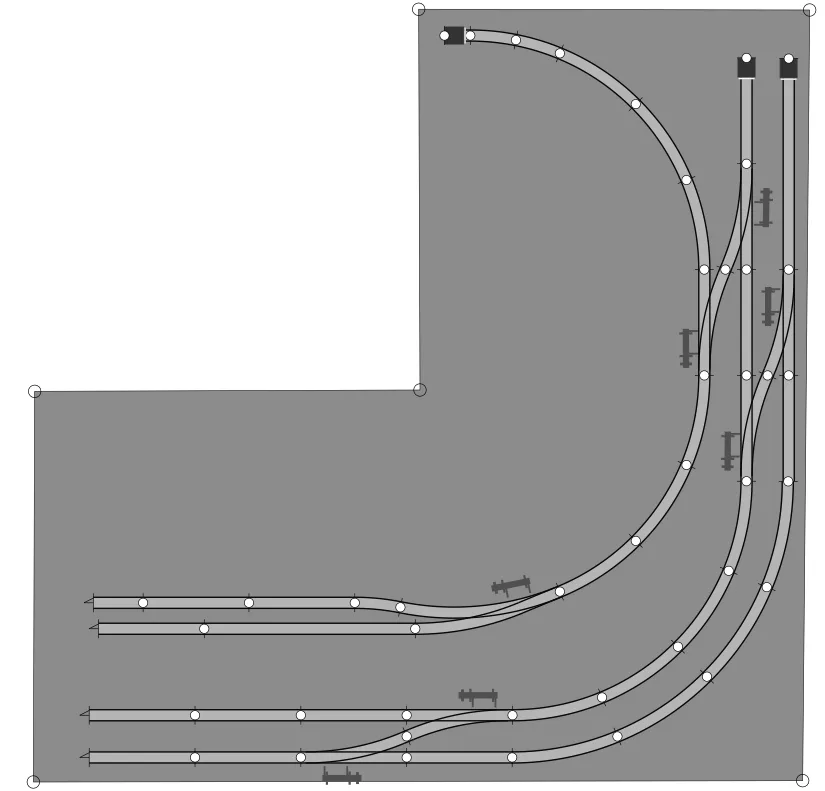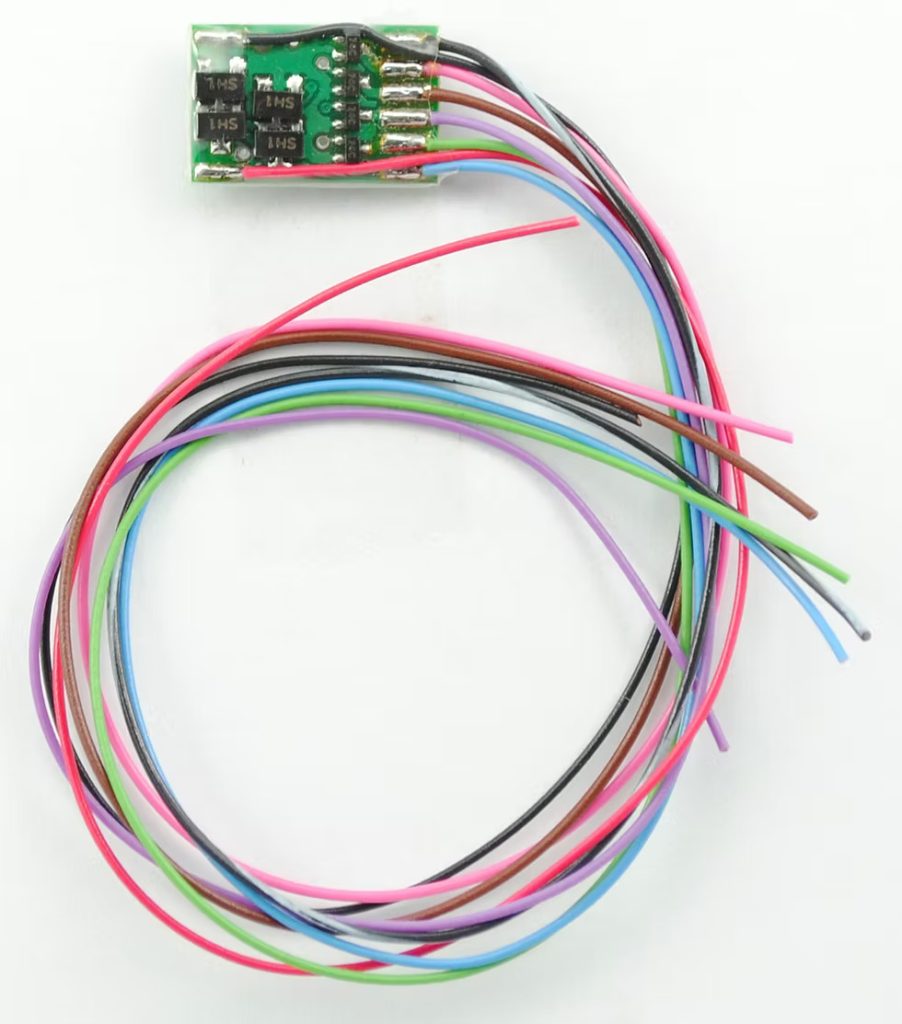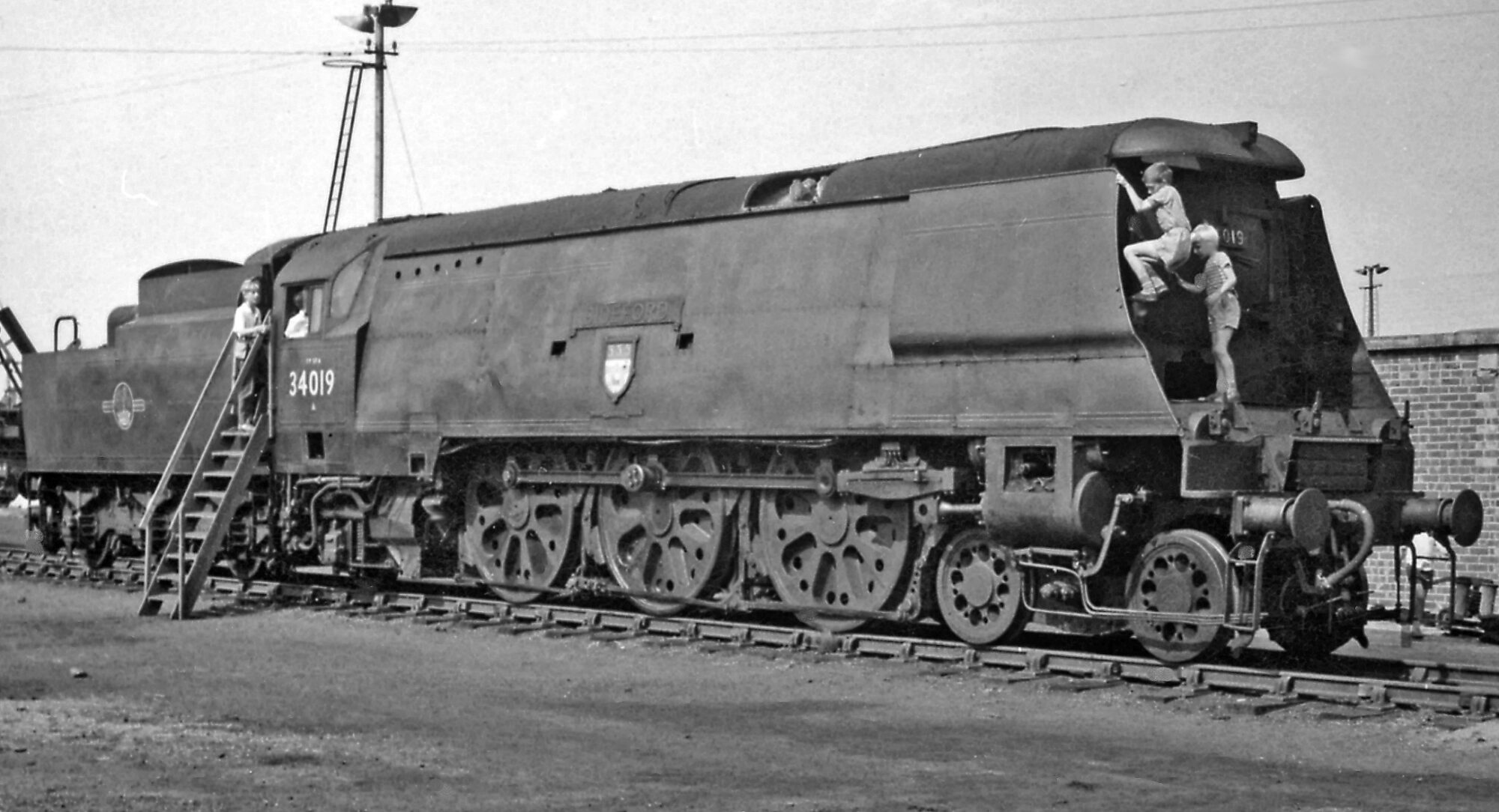Article 2:
Introduction
Embarking on the journey of building a model railway layout is a thrilling experience, full of creativity and meticulous planning. After mastering the fundamental aspects of model railway design, enthusiasts often seek to elevate their layouts to new heights, incorporating more intricate and sophisticated elements. This is where advanced techniques come into play, transforming a basic setup into a highly detailed and dynamic miniature world that captures the imagination.
In this article, we delve into advanced model railway techniques. We’ll explore complex track plans that introduce operational complexity and realism, advanced scenery methods that breathe life into your landscapes, and cutting-edge digital control systems that offer precise train management. Additionally, we’ll cover the integration of sound to create an immersive auditory experience. Whether you aim to recreate bustling urban environments, tranquil rural scenes, or expansive industrial areas, these advanced techniques will help you achieve greater detail and functionality.
This guide provides a comprehensive overview of the tools, techniques, and tips needed to enhance your model railway layout. It is for seasoned hobbyists looking to refine their skills or novices ready to take on a more ambitious project. Let’s dive into the fascinating world of advanced model railway design and discover how to bring your miniature trainscape to life with realism and flair.
Complex Track Plans
1. Multi-Level and Helix Layouts
Adding multiple levels to your layout can dramatically increase the complexity and realism of your model railway. A helix is a spiral track that connects different levels, allowing trains to ascend or descend between them seamlessly.
- Design Tips: Ensure the helix has a gentle gradient (2-3%) to prevent strain on the locomotives.
- Space Considerations: Helixes require significant vertical space; plan accordingly.
2. Yard and Industrial Areas
Yard and industrial areas add operational interest and realism.
- Switching Yards: Design these areas for shunting and sorting of cars. Include various tracks for arrivals, departures, and storage.
- Industrial Sidings: Add sidings that serve factories, warehouses, and other industries. This adds purpose to your freight operations.
Sample Complex Track Plan

Advanced Scenery Techniques
1. Realistic Water Features
Creating realistic water features can be challenging but rewarding.
- Materials: Using resin or acrylic water products creates rivers, lakes, and ponds.
- Detailing: Add rocks, plants, and small animals to the water’s edge for realism.
2. Advanced Terrain Modeling
Go beyond basic hills and valleys by incorporating detailed terrain features.
- Rock Formations: Carve realistic rock faces using plaster or foam. Paint shades of grey, brown, and green to mimic natural rock.
- Ground Cover: Mix static grass, fine turf, and natural soil to create a varied and realistic ground cover.
3. Seasonal Effects
Modelling different seasons can add unique character to your layout.
- Winter Scenes: Use baking soda or specialized snow products to create snow-covered landscapes. Add ice effects with clear resin.
- Autumn Scenes: To create a fall atmosphere, mix orange, red, and yellow foliage—scatter fallen leaves made from finely chopped coloured paper or commercial products.
Digital Command Control (DCC)
1. Introduction to DCC
Digital Command Control (DCC) allows for more precise and flexible control of your trains.
- Benefits: Run multiple trains independently on the same track, control lights and sounds, and automate complex operations.
- Equipment: You’ll need a DCC system, decoders for each locomotive, and possibly boosters for larger layouts.
2. Installing Decoders
Installing decoders in your locomotives can be straightforward or complex, depending on the model.
- Basic Installation: Many modern locomotives are DCC-ready, meaning you only need to plug in the decoder.
- Advanced Installation: Older or non-DCC-ready models may require soldering and modifications to the internal wiring.
3. Programming and Operation
Once installed, decoders need to be programmed.
- Addresses: Assign a unique address to each locomotive for individual control.
- Functions: Program lighting effects, sound functions, and speed settings to match your preferences.
Sound Integration
1. Sound Decoders

Adding sound decoders can bring your model railway to life.
- Locomotive Sounds: Choose decoders that provide realistic engine sounds, whistles, horns, and brake squeals.
- Installation Tips: Ensure your locomotive has enough space for the speaker. Some models may require modifications.
2. Ambient Sounds
Enhance the atmosphere with ambient sounds.
- Station Announcements: Add recordings of station announcements, crowd noises, and other sounds to your station areas.
- Nature Sounds: Use sound modules to add bird songs, water sounds, and other natural effects to your scenic areas.
3. Synchronizing Sound and Movement
Ensure that the sound effects are synchronized with the movement of your trains.
- Speed Matching: Adjust the speed settings of your decoders to match the sound effects.
- Event Triggers: Use sensors and triggers to activate sounds based on train movements or positions.
Conclusion
Advancing your model railway layout involves a blend of technical skill, creative vision, and a passion for detail. By incorporating multi-level track plans, sophisticated scenery techniques, digital command control systems, and immersive sound integration, you can transform your layout into a breathtakingly realistic miniature world.
Imagine watching your trains navigate complex helixes, winding through meticulously crafted landscapes, with the sounds of engines chugging and birds singing in the background. The yards and industrial areas bustle with activity, adding layers of operational interest. Each train journey is an immersive experience, engaging the eyes and ears, creating a living, breathing slice of the railway world.
As you embark on these advanced projects, remember that the process is as rewarding as the finished product. Each step, from installing a decoder to painting a rock face, adds to your skills and deepens your appreciation for this intricate hobby. Feel free to experiment and push the boundaries of what your layout can achieve.
Stay tuned for our next article, where we’ll showcase inspiring model railway designs worldwide. These examples will provide further ideas and motivation and demonstrate the incredible potential of advanced model railway techniques. Happy modelling, and may your trains always run on time!
Stay Tuned:
- Article 1: The first Article
- Article 3: Showcasing Inspiring Model Railway Designs from Around the World

